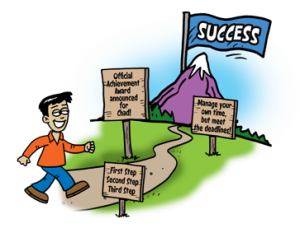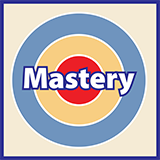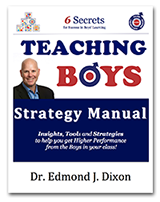We have seen that boys do not work best in uncertain classroom environments. Mastery is fostered in boys when the pathway is clearly described, it is publicly tested & recognized, and self-mastery is demonstrated. They need to know specific things to give them motivated engagement so they use their discretionary effort to attain mastery. The best approach is to identify 5 What’s for them:

- What do they have to do? – Put this in terms of bullet points (no more than 3).
- What does it look like? – It’s best to have a sample of previous work available.
- What is the timeline for completion? – Give them less time than you think they’ll need as boys’ brains focus better with a sense of urgency. If they need more time, set up a mechanism for requesting that.
- What “mastery checks” are required? - Boys’ brains respond well to this approach. It sends the message that learning is a boy’s responsibility and can be done without either nagging or coddling. Leave boys alone to get their work done, but establish a system of “mastery checks” with all tasks so that you know the lone rangers in your class do not stray too far from the range. These are usually very short pauses in their work after they have reached certain stages of the task where they show you what they have accomplished thus far. If they have met the criteria for success at that stage, give them a visual cue such as a checkmark. It is even more powerful if this check is placed on a poster or recorded in another public way, as it lets all of the boys in the class know where they stand in progress toward the goal, and this knowledge can spur greater individual effort in completing the task.
- What happens when the task is completed? – Establish consequences for success and failure. Set rewards for successful completion that leverage their need for downtime (video games, board games, time to shoot baskets, kick a ball around, etc.) and make it clear that if they don’t succeed in meeting the standard, this downtime will be used to get them up to speed.
SEE MASTERY PLAN SHEET EXAMPLE IN NEXT LESSON! (Members Only)



